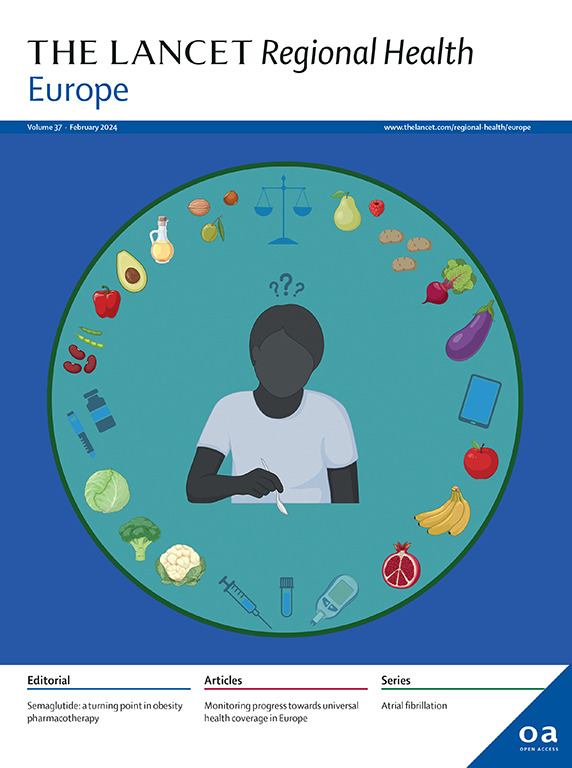The burden of informal family caregiving in Europe, 2000–2050: a microsimulation modelling study
IF 13.6
Q1 HEALTH CARE SCIENCES & SERVICES
引用次数: 0
Abstract
Background
The demand for informal care in Europe is increasing, with family members often providing essential support. However, the future burden of informal family caregiving remains unclear. This study estimates and projects trends in the burden of family caregiving across 31 European countries from 2000 to 2050.
Methods
We developed a demographic microsimulation model to estimate and project family care burden. The model produces virtual populations with realistic kinship networks and health trajectories over time. From these kinship structures, we defined a novel metric – Years Lived Caregiving for older relatives (YLCs). It accounts for care recipients’ disability severity, care dynamics within kinship networks, and national institutional care capacity. Model inputs included demographic data from UN World Population Prospects, marital statistics from Eurostat, disease prevalence from the Global Burden of Disease study, and microdata from the SHARE survey.
Findings
From 2000 to 2050, in Europe the overall burden for informal care is projected to increase by +49.7% (95% UI 45–53.6), from 7.98 (7.65–8.28) to 11.9 (11.4–12.5) million YLC. Musculoskeletal disorders are the largest cause of care burden, contributing to 2.3 (2.18–2.42) million YLC in 2050. Burden of informal care is disproportionally higher for women, although the gender gap is in a descending trend.
Interpretation
Projections indicate a substantial rise in the informal family care burden across Europe by 2050, with only limited offsetting from institutional care. These findings underscore the need for comprehensive strategies to support both caregivers and care recipients, ensuring sustainable healthcare systems across Europe.
Funding
Italian government and the European Union, National Plan for NRRP Complementary Investments (PNC).
求助全文
约1分钟内获得全文
求助全文
来源期刊

Lancet Regional Health-Europe
Multiple-
CiteScore
19.90
自引率
1.40%
发文量
260
审稿时长
9 weeks
期刊介绍:
The Lancet Regional Health – Europe, a gold open access journal, is part of The Lancet's global effort to promote healthcare quality and accessibility worldwide. It focuses on advancing clinical practice and health policy in the European region to enhance health outcomes. The journal publishes high-quality original research advocating changes in clinical practice and health policy. It also includes reviews, commentaries, and opinion pieces on regional health topics, such as infection and disease prevention, healthy aging, and reducing health disparities.
 求助内容:
求助内容: 应助结果提醒方式:
应助结果提醒方式:


